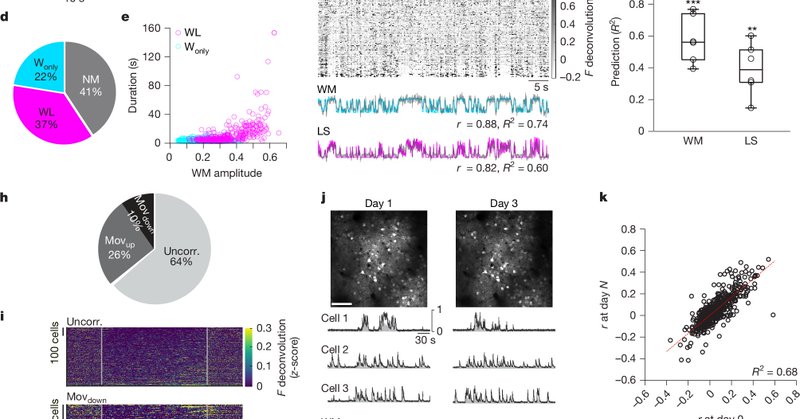
Bevil Conway
@BevilConway
Followers
2K
Following
7K
Media
183
Statuses
2K
neuroscientist, artist, dad🇨🇦🇿🇼🏳️🌈 color, art, vision, cognition, & intrigued by social forces shaping science (he), views mine. [email protected]
Joined July 2019
A few postdocs asked me to read over their job applications. Here’s a few bits of advice: 🧵 /10. 1. If any advice doesn’t ring true for you, discard it (including this!). 2. People on the search committee are keen to welcome a colleague, they aren’t looking to take you down.
4
104
497
Congratulations on the book Nicole, and thanks for giving us a new and hopeful narrative for science today.
I hope Elusive Cures will help shift the current narrative (from scientists as corrupt). Most scientists I know are impassioned individuals throwing their best at complex challenges that matter for society; this is how Elusive Cures describes them. I'm humbled by this review.
1
0
5
The recent paper pertaining to the binding problem implies that there is no functional specialization in the visual system. I am agnostic about whether there is a binding problem, but there is no denying that neurons are typically not both direction selective and color selective.
There is no binding problem because vision—and cortex more broadly—is not modular. Phrenological theories create phrenological artifacts. Beyond binding: from modular to natural vision.#neuroscience.
3
0
15
Come join us as a postdoc to do some great science, collaboration between my lab and Dan’s, the best of both worlds (theory and neurophys)! See details in Dan’s post.
@BevilConway (NIH) and @NeuralCodeUMD (UMD) are seeking a brilliant postdoc to study high-acuity vision combining large-scale electrophys and deep computational modeling. Prior experience (broadly speaking) is recommended: email Dan Butts with CV and brief research statement.
0
1
4
RT @NEIDirector: Great @Nature news article about what is being done to slow, stop, or even reverse geographic atrophy (GA), the advanced f….
0
9
0
RT @j_g_allen: Know any kids in your life who want to be a doctor or scientist, with ambitions to cure cancer or find a cure for Alzheimer'….
0
95
0
The sky is rarely green. Why? It was fun confronting this surprising question with the smart folks at the BBC.
The sky can be beautiful fiery colours at sunset 🌅 & a cool blue during the day 🩵 but why is the sky never green? 💚. CrowdScience took a trip to the artic circle to find out. With @katieherli and @BevilConway. Producer: @hfishaay . Editor: @owlglass.
0
0
0
RT @pebonilla: NIH apparently axing the postbac program that was a launchpad for many thousands of future STEM PhD’s — my wife being one of….
0
4
0
We simulated color-match data characterized by a true category & by a space non-uniformity. Choice distributions of these 2 simulations, for every cue, can be plotted in a heatmap (thx @timothyfbrady!), and are very different. Which explains the monkey color-matching data? 11/
1
0
1















